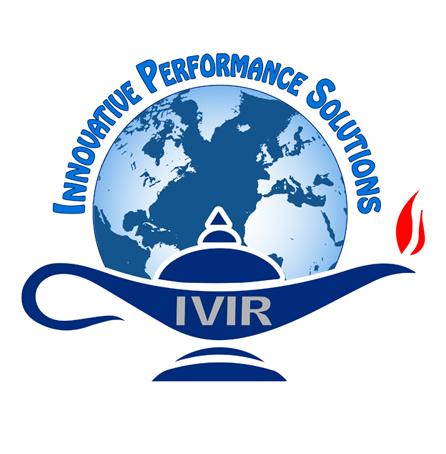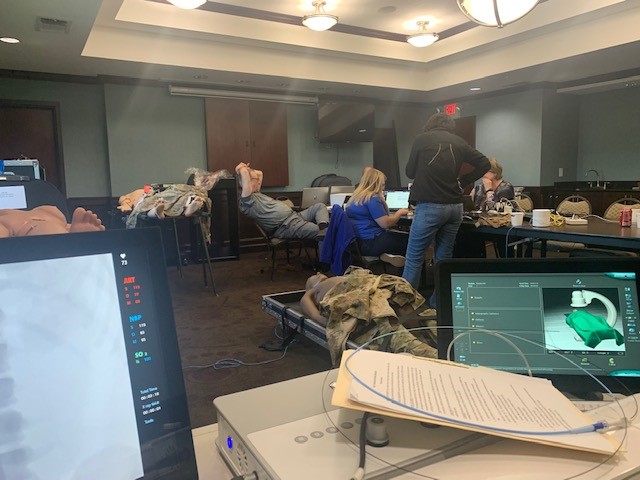IVIR Inc. is Awarded a Phase I SBIR for the Navy’s Medical Echelon of Care Conceptual Models for Wargaming
IVIR Inc. is excited to announce the award of a Phase I contract for our Constructive Medical Model (CMM) for Echelon of Care project. The goal is to add a constructive medical model to wargaming exercises to account for the impact of casualties on mission success. The effort will include the development of a CMM, which will model casualty entities based on injury type and treatments through the echelons of care, and will generate outputs such as rate of recovery, casualty status, and the ability to return to combat.






